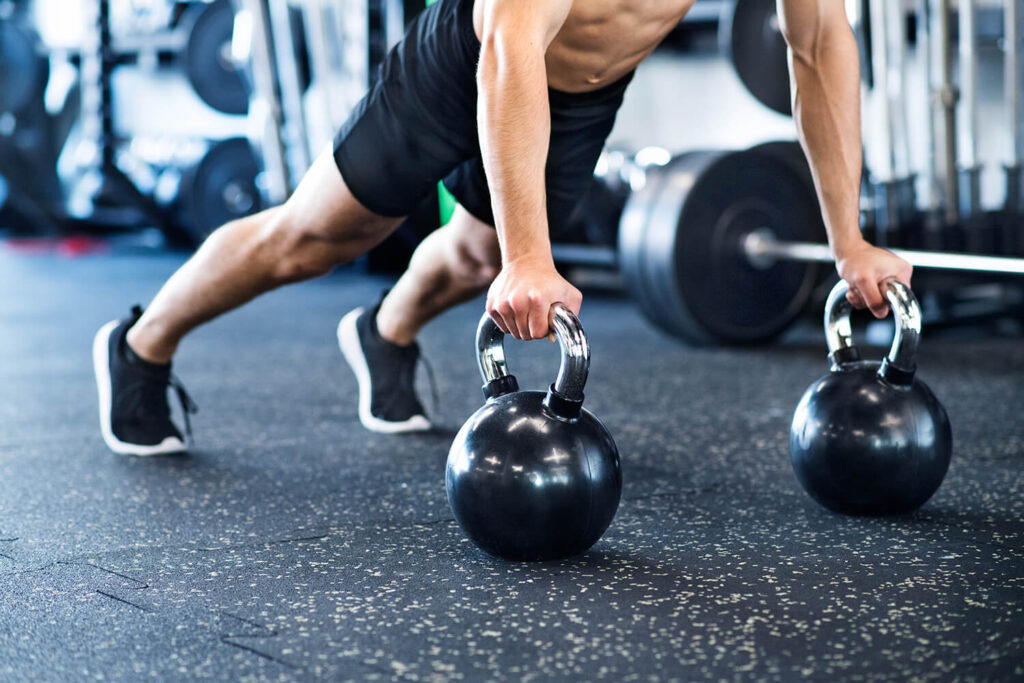Flexibility is Key: Discovering the Benefits of Stretching for Your Body
Stretching is an essential part of daily physical activity that often goes unnoticed. Flexibility refers to the range of motion available to your joints and muscles. The benefits of stretching include properly aligning the joints, increasing flexibility, and improving circulation.
Through stretching, you can prevent muscle strains and promote healthier joints, tendons, and muscles. When you stretch, you elongate your muscles and free up any adhesions that may have accumulated. Adhesions can develop from repetitive motions or minor injuries, causing muscles to adhere to one another, which can limit their flexibility.
Stretching also helps to decrease body tension and prevent the risk of muscular imbalances. To make the most out of your stretching experience, start with dynamic stretching, which is done before your workout, and moves your muscles from one position to another. Static stretching, the holding of a position for an extended period, should be done after your workout or on rest days. Incorporating stretching into your daily routine, will not only increase flexibility but also prevent injury.
The Road to Recovery: How Incorporating Restorative Exercises Can Improve Your Overall Health
Recovery exercises are designed to support muscular healing and help the body rebuild after workouts. These exercises can include foam rolling, active recovery, and different types of massage. When performing these exercises, focus on the areas that you worked the hardest during your workout or areas where you experience pain or tightness.
Foam rolling, using a foam roller or ball, is a form of self-massage that helps break up adhesions and helps speed up the recovery process. Active recovery is a low-intensity exercise, like walking, swimming, or cycling, that can immediately follow a tough workout. This exercise helps promote circulation, increase nutrient flow to the muscles, and improves movement.
Besides recovery exercises, it would help if you also focused on rest and sleep to promote full recovery. The body needs seven hours of sleep a night to help support the regeneration and rebuilding process of the muscles.
Taking Control of Your Wellness: Tips for Staying Consistent with Your Stretching and Recovery Routine
Incorporating stretching and recovery exercises into your daily routine can seem daunting, but it’s essential for achieving overall wellness. To stay consistent with your routine, try the following tips:
1. Set aside a specific time each day to stretch and recover.
2. Don’t skip rest days as they help promote recovery.
3. Incorporate foam rolling or massage into your weekly routine.
4. Join a community or accountability group on social media or online to provide motivation and ideas.
5. Switch up your routine to avoid boredom and prevent your body from plateauing.
Creating a consistent stretching and recovery routine takes time and patience, but the rewards of overall wellness and improved physical well-being are well worth the effort.
In conclusion, whether you are an athlete or someone looking to optimize their overall wellness, stretching and recovery exercises should be an essential part of your routine. Stretching increases flexibility, allowing the body to move more efficiently, reduces the risk of injury, and promotes healthier joints. Recovery exercises promote the healing process, allowing muscles to recover quicker, and prevent further injury. Once you take control of your wellness by incorporating these exercises into your daily routine, you will soon see the benefits of overall health and mobility.

